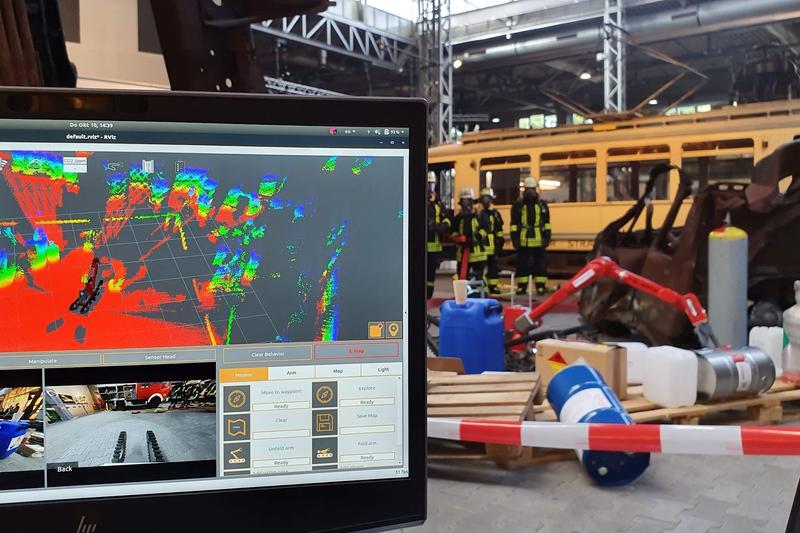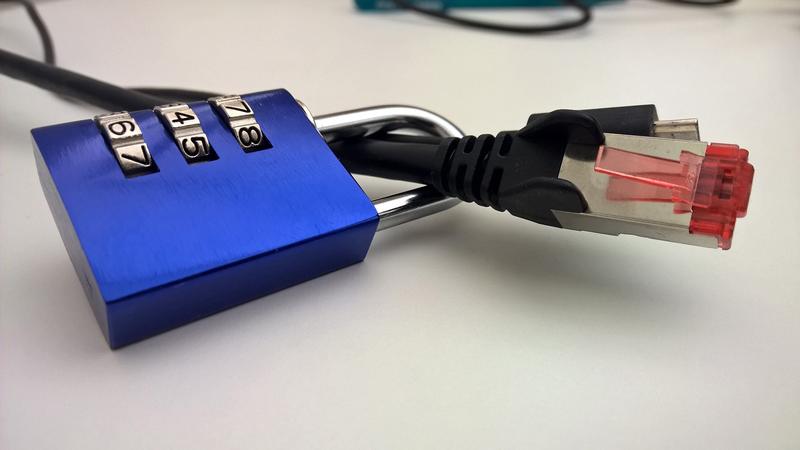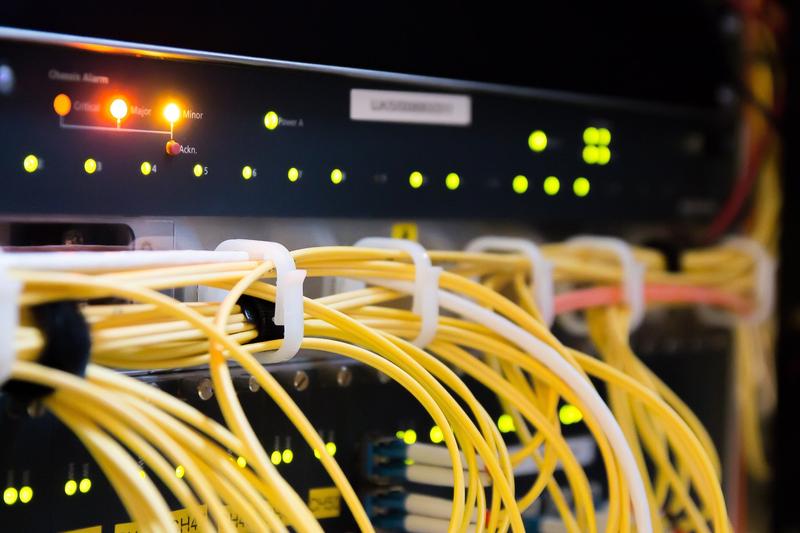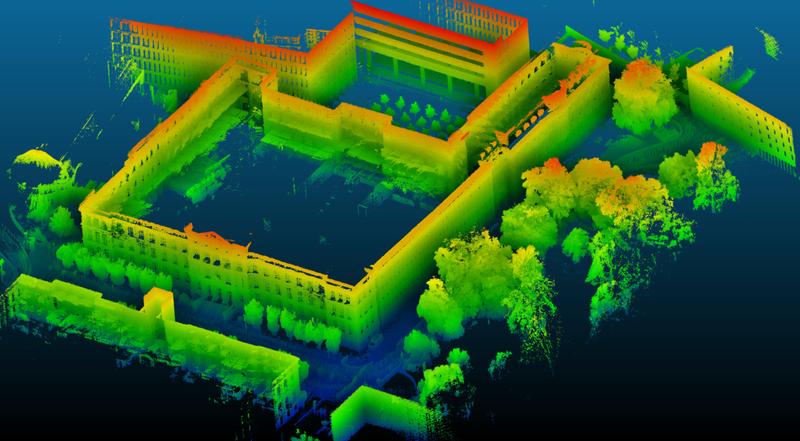Mission SCC
The advances of smart city infrastructure spark an increasing interest in digital twins for cities using the plethora of new sensors that will be deployed across the city to monitor the urban environment.
In normal operation, the digital twin provides an overview of the current state of the city.
During disaster scenarios, the digital twin of the city will be able to provide emergency services with an overview of the situation, increasing their effectiveness and supporting them in planning their course of action.
Our smart digital control center will provide a system with both, permanent stationary sensors and mobile on-demand agents to deliver a comprehensive overview of a crisis situation.

In order to retrieve the situation overview of particular areas, mobile agents such as unmanned ground vehicles and unmanned aerial vehicles are used. They are able to provide an overview of a situation from different perspectives in environments too dangerous for humans due to their maneuverability and wide array of sensors.
The recorded and processed data by the mobile agents are augmented by a network of smart street lamps.
For creating, updating and interacting with the situation overview with up-to-date as well as recorded data, we collaborate with the knowledge base mission .
Research Question
How can the multi-modal information in a city during a crisis be acquired, processed, and displayed user-friendly in an efficient and legally compliant manner to support emergency responders?
Program Areas in the Mission

City and Society (SG)
Sensor information can make a significant contribution to situational awareness and disaster management. To this end, however, the collected sensor data must be available permanently and reliably. That is why it is necessary to make the processings legally compliant. Since personal data is involved in many cases, the requirements of data protection law, in particular, must be taken into account in the process of technical development. Another special characteristic arises from the transition between normal operations and disaster scenarios since different regulatory mechanisms apply here.

Information (INF)
The SCC will have access to a plethora of information, consisting of both real-time and recorded data. Therefore, accessing it efficiently and intuitively is paramount for its operators.
The role of the INF area focuses on supporting operators grasping chaotic crises environments by fusing information from a variety of sensors in the field. Furthermore, coordinators will be able to issue orders back to both first responders and robots in the field. The main challenge is to present the right granularity of information as to neither overwhelm nor under-inform the user.
Team: Julius von Willich Alejandro Sanchez Guinea Andreas Morgen Max Mühlhäuser Bernhard Seeger

Communication (KOM)
Continuous supply with data is essential for informed decision-making, in particular during crises when the situation changes frequently. Meanwhile, disasters tend to affect the availability of the communication infrastructure, reducing their bandwidth and increasing their latency.
The KOM area designs, implements, and evaluates morphable communication infrastructure and algorithms that can adapt to the changing information demand of the SCC. Optimizing the usage of the available resources provides optimal data quality for decision-making in every situation.
Team: Matthias Hollick Frank Hessel

Cyber-Physical Systems (CPS)
Mobile agents are able to provide an overview of a situation from different perspectives due to their maneuverability and wide array of sensors in environments too dangerous for humans. They are also able to interact with the environment, help contain the current situation and save as many lives as possible. To accumulate data for the situation overview, we use cooperating unmanned ground vehicles and unmanned aerial vehicles.
Team: Yasin Alhamwy Maximilian Bauer Stefan Fabian Kevin Logan Marius Schnaubelt Kurt Geihs Uwe Klingauf Oskar von Stryk